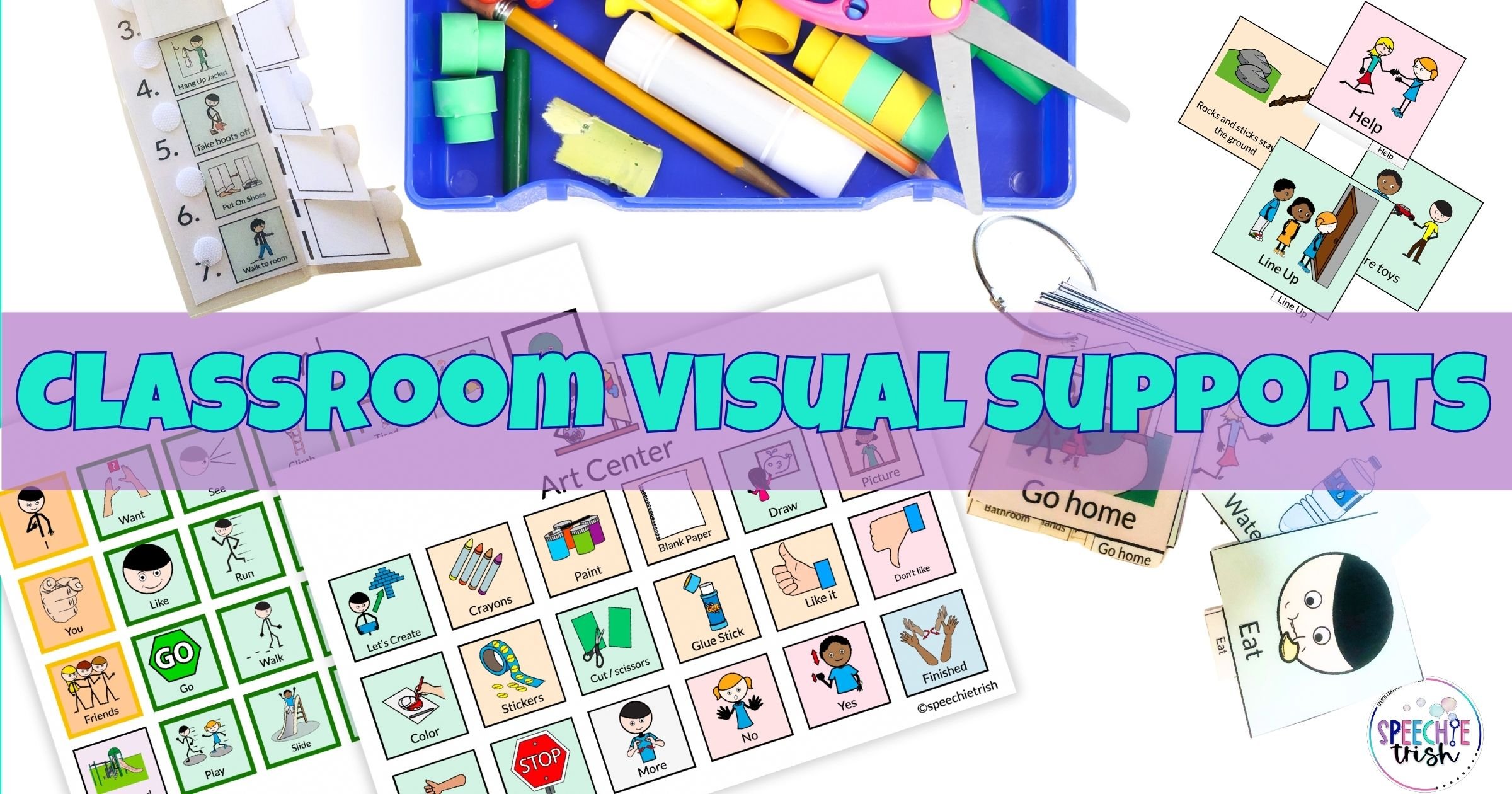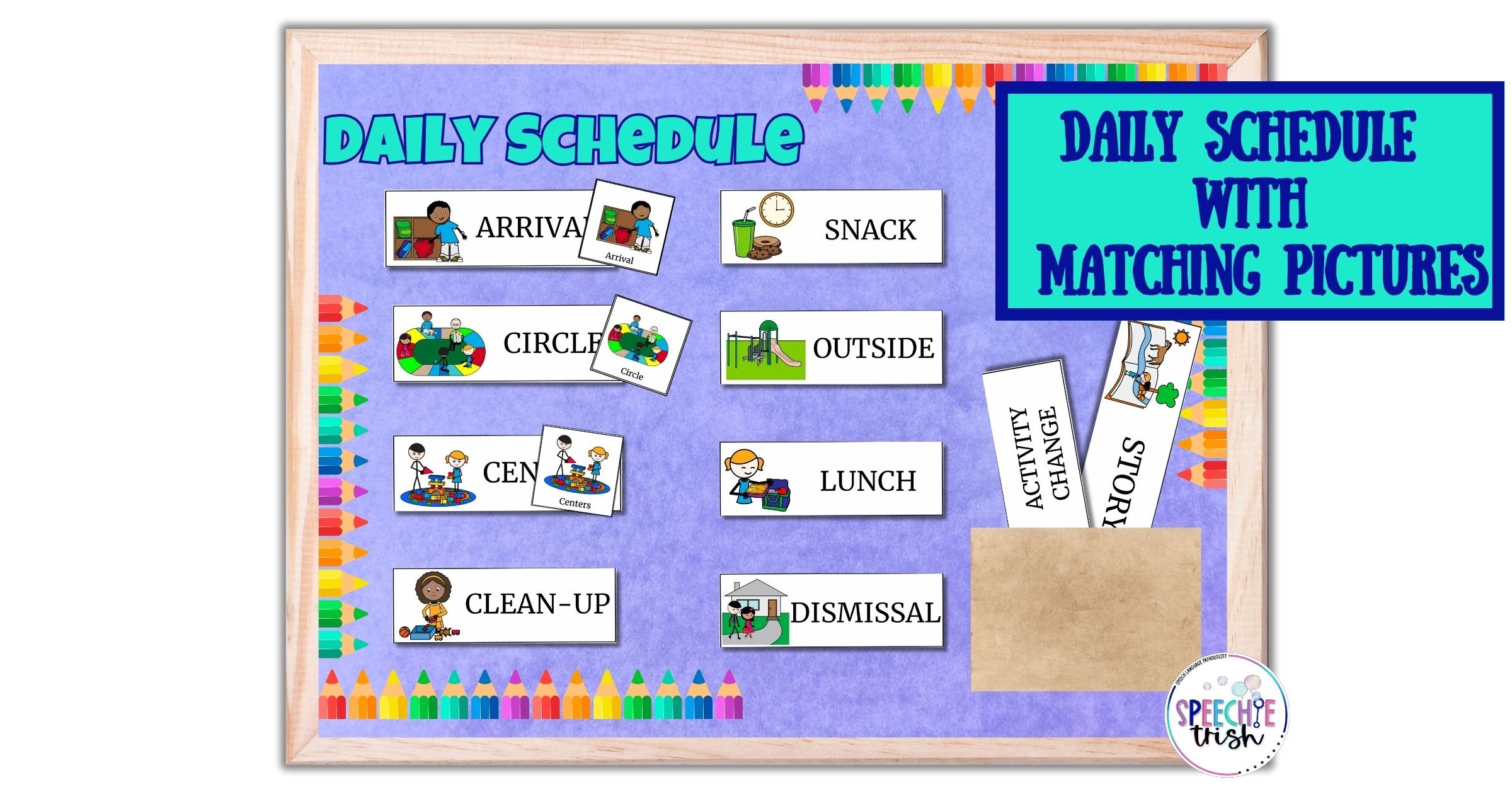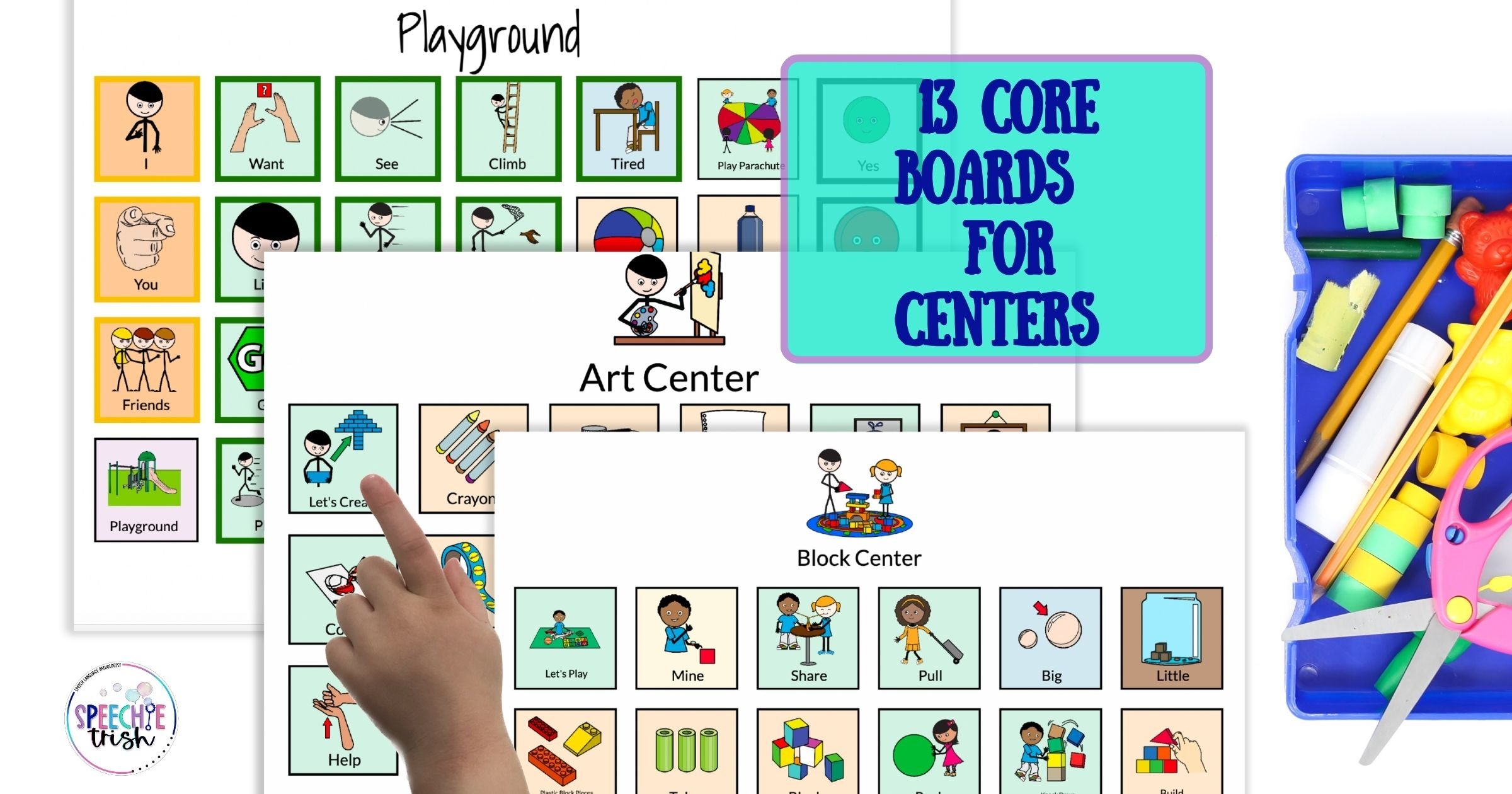Visual Supports for Preschool Classroom Routines and Procedures
Visual Supports for Preschool Classroom Routines and Procedures
Visual supports in the classroom can provide your preschool students cues for classroom routines and procedures assisting with behavior, predictable routines, choice making and communication skills. Visual supports are a seemingly magical tool that can help your classroom move from chaos to calm! When implemented throughout the day, these supports can assist our students with communication needs, behavior difficulties, emergent talkers AND all other children in the classroom as well.
Visual Supports for Preschool Classroom Routines and Procedures
Visual supports in the classroom can provide your preschool students cues for classroom routines and procedures assisting with behavior, predictable routines, choice making and communication skills. Visual supports are a seemingly magical tools that can help your classroom move from chaos to calm! When implemented throughout the day, these supports can assist our students with communication needs, behavior difficulties, emergent talkers AND all other children in the classroom as well.
What are Visual Supports?
Visual supports can be anything in the classroom that is presented visually to assist children with understanding and communicating their wants and needs. They are pictures or symbols that represent different behaviors or actions. These visual prompts allow children to understand what comes next, what options they have and what is expected of them.
A Visual Supports Tool Kit checks all the boxes.
6 Practical easy ways you can implement visual supports in the classroom:
1) Choice Pictures for Centers: Foster Independence and Communication
Pictures indicating activities in the classroom allow for children to feel that they are in charge of what is happening. Letting your kids decide their activities not only fosters independence but also adds communication requests into their learning journey. I have a choice board for centers where children choose the velcroed picture off of a large choice board to let the teacher know where they want to head following circle time. With some children, they bring the picture they chose to the specific center and velcro it on a board in that center to make the choice more representative. Children can independently move from one activity to another if they know the consistent and predictable routine.
2) Transitioning Between Classroom Activities
Change can be difficult and often frustrating for our young students resulting in some behavioral issues. By visually preparing them for transitions, children can see what is happening and what is next- it’s predictable and therefore decreases anxiety over the unknown. Whether it's from circle time to the playground, these visual cues allow for smooth transitions, minus the stress.
I show students a picture of the activity they are doing and a picture of the activity that comes next. Often I put these pictures on a “first/then” visual so the children know what to expect next.
3) Picture Cues for Teacher Directions
Placing smaller pictures on a lanyard and showing children the picture about upcoming activities and tasks helps them understand what is expected of them. Pictures like “line up”, “wait” and “wash hands” provide a picture cue for all children. When children understand the picture, often we only need to hold up the picture for the children to follow directions without saying a word!
4) Visual Schedules
Having a visual schedule about what happens first, next and last creates a predictable routine for children. We know that when we know what to expect, our anxiety is reduced, the same goes for children. Once children know and see the routine visually, they become comfortable which leads to better learning readiness. Children don’t have to be concerned about what comes next in the day because they can see and know the routine.
5) Visual Aids for Real-life Adventures
Because education isn't confined to four walls, visual aids for bathroom and playground routines are also important. It's about creating predictability and consistency in learning, whether inside or outside the classroom. Kids love to flip over the routine arrival tabs in the Visual Toolkit after each task is complete! Take boots off , check, hang backpack in cubby, check, put shoes on, check…..(it’s like checking off our own list of to-do’s on our phones!). Completing the tasks gives children a sense of mastery and improves confidence!
6) Core Visual Boards for Classroom Activities
Core Boards are boards that have common pictures or symbols on them representing things that a child might say in a specific area or during a specific activity. Having core boards available in each center of the classroom provides minimally verbal children or children with verbal communication difficulties with the tools for communication. In the Visual Supports Resource common classroom centers like Block Center, Kitchen center or Art Area have communication boards available for teacher modeling the boards a use and children using the boards to communicate with the teacher and peers.
In our roles as speech language pathologists and educators, our mission is to champion every child's journey towards effective communication and personal growth. Visual supports can help children build confidence and independence with behavioral, educational and communication growth.





